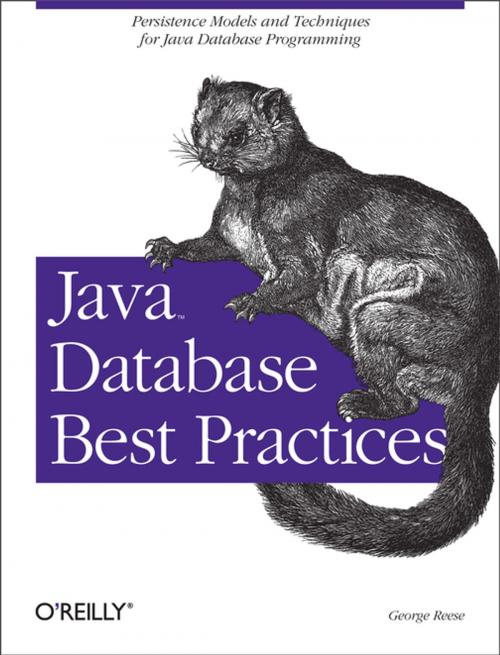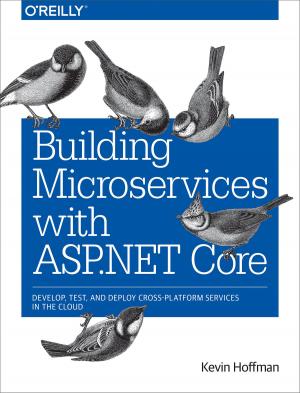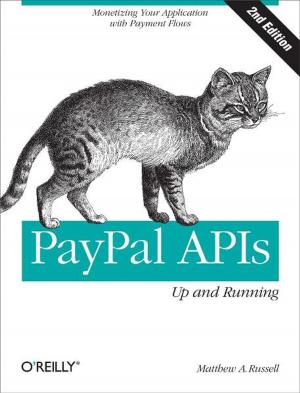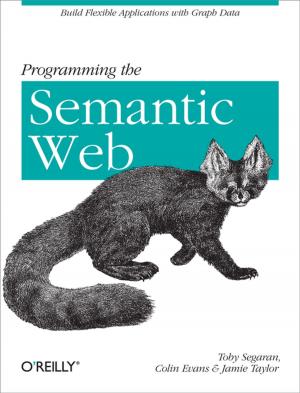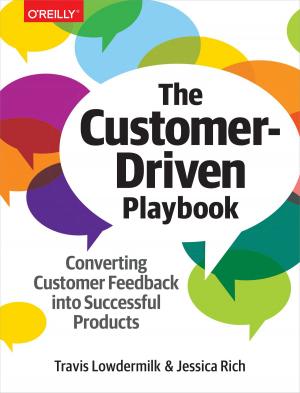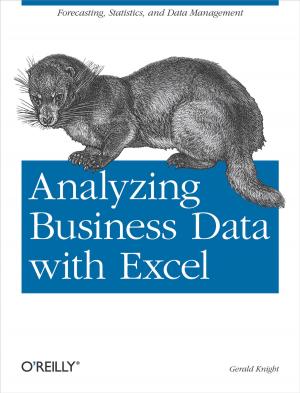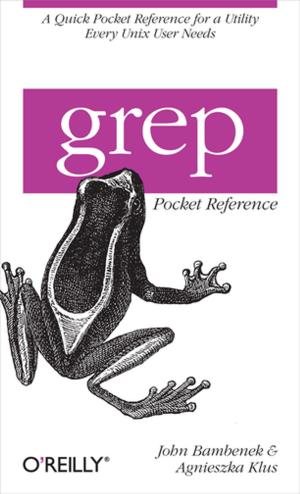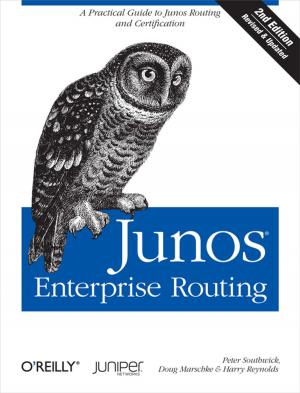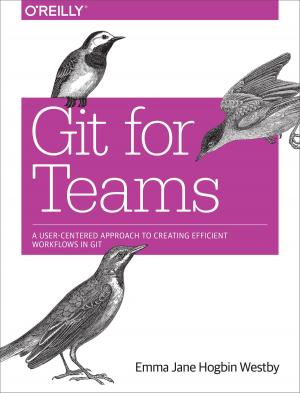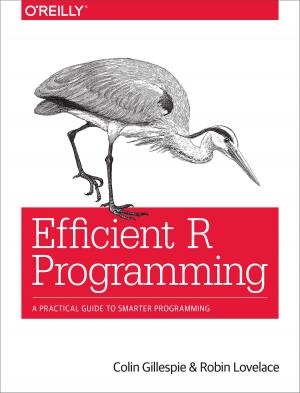Java Database Best Practices
Persistence Models and Techniques for Java Database Programming
Nonfiction, Computers, Internet, Web Development, Java, Programming, Programming Languages| Author: | George Reese | ISBN: | 9781449365622 |
| Publisher: | O'Reilly Media | Publication: | May 14, 2003 |
| Imprint: | O'Reilly Media | Language: | English |
| Author: | George Reese |
| ISBN: | 9781449365622 |
| Publisher: | O'Reilly Media |
| Publication: | May 14, 2003 |
| Imprint: | O'Reilly Media |
| Language: | English |
When creating complex Java enterprise applications, do you spend a lot of time thumbing through a myriad of books and other resources searching for what you hope will be the API that's right for the project at hand?Java Database Best Practices rescues you from having to wade through books on each of the various APIs before figuring out which method to use! This comprehensive guide introduces each of the dominant APIs (Enterprise JavaBeans, Java Data Objects, the Java Database Connectivity API (JDBC) as well as other, lesser-known options), explores the methodology and design components that use those APIs, and then offers practices most appropriate for different types and makes of databases, as well as different types of applications.Java Database Practices also examines database design, from table and database architecture to normalization, and offers a number of best practices for handling these tasks as well. Learn how to move through the various forms of normalization, understand when to denormalize, and even get detailed instructions on optimizing your SQL queries to make the best use of your database structure. Through it all, this book focuses on practical application of these techniques, giving you information that can immediately be applied to your own enterprise projects.Enterprise applications in today's world are about data-- whether it be information about a product to buy, a user's credit card information, or the color that a customer prefers for their auto purchases. And just as data has grown in importance, the task of accessing that data has grown in complexity. Until now, you have been left on your own to determine which model best suits your application, and how best to use your chosen API. Java Database Practices is the one stop reference book to help you determine what's appropriate for your specific project at hand. Whether it's choosing between an alphabet soup of APIs and technologies--EJB, JDO, JDBC, SQL, RDBMS, OODBMS, and more on the horizon, this book is an indispensable resource you can't do without.
When creating complex Java enterprise applications, do you spend a lot of time thumbing through a myriad of books and other resources searching for what you hope will be the API that's right for the project at hand?Java Database Best Practices rescues you from having to wade through books on each of the various APIs before figuring out which method to use! This comprehensive guide introduces each of the dominant APIs (Enterprise JavaBeans, Java Data Objects, the Java Database Connectivity API (JDBC) as well as other, lesser-known options), explores the methodology and design components that use those APIs, and then offers practices most appropriate for different types and makes of databases, as well as different types of applications.Java Database Practices also examines database design, from table and database architecture to normalization, and offers a number of best practices for handling these tasks as well. Learn how to move through the various forms of normalization, understand when to denormalize, and even get detailed instructions on optimizing your SQL queries to make the best use of your database structure. Through it all, this book focuses on practical application of these techniques, giving you information that can immediately be applied to your own enterprise projects.Enterprise applications in today's world are about data-- whether it be information about a product to buy, a user's credit card information, or the color that a customer prefers for their auto purchases. And just as data has grown in importance, the task of accessing that data has grown in complexity. Until now, you have been left on your own to determine which model best suits your application, and how best to use your chosen API. Java Database Practices is the one stop reference book to help you determine what's appropriate for your specific project at hand. Whether it's choosing between an alphabet soup of APIs and technologies--EJB, JDO, JDBC, SQL, RDBMS, OODBMS, and more on the horizon, this book is an indispensable resource you can't do without.
